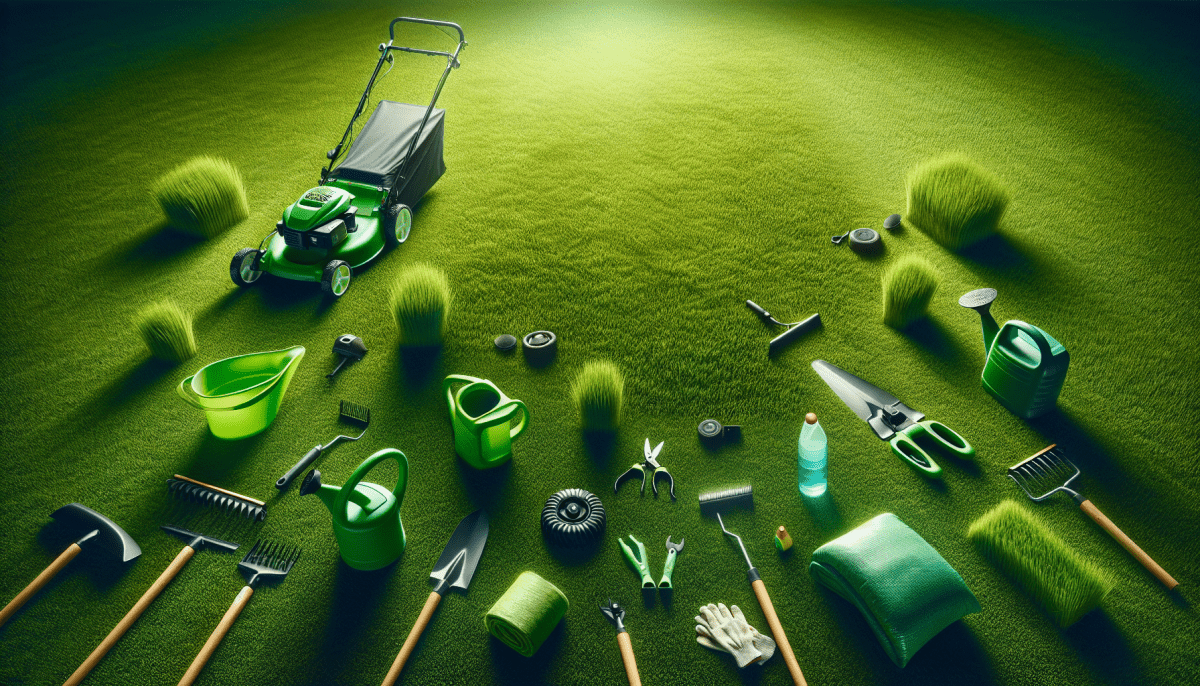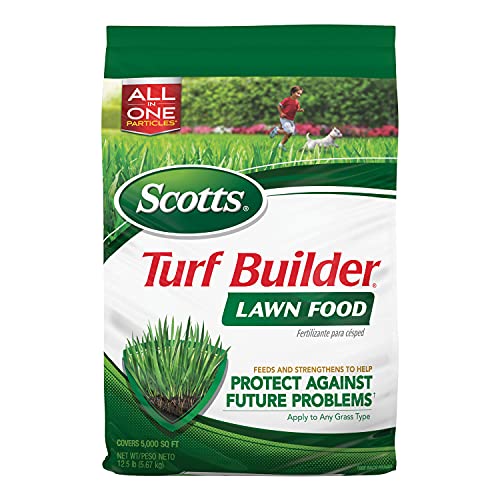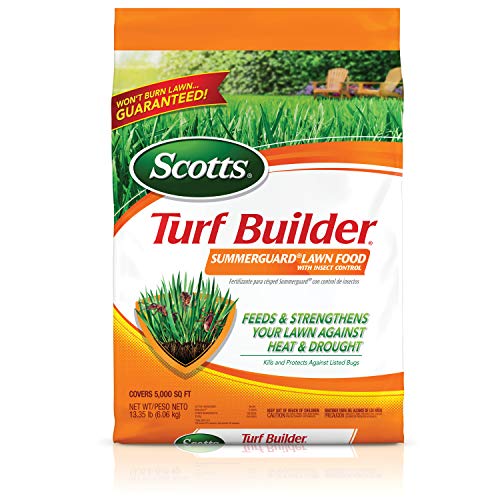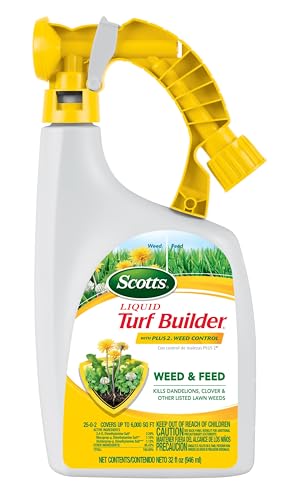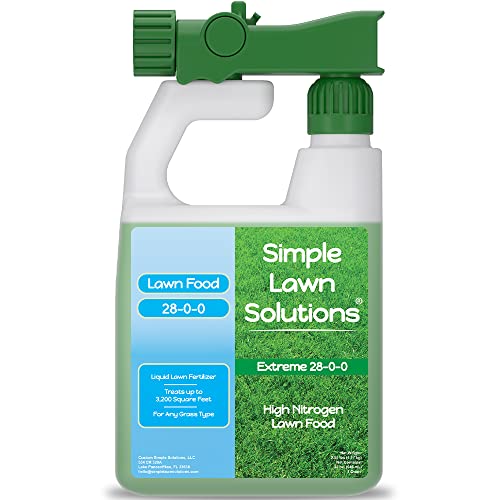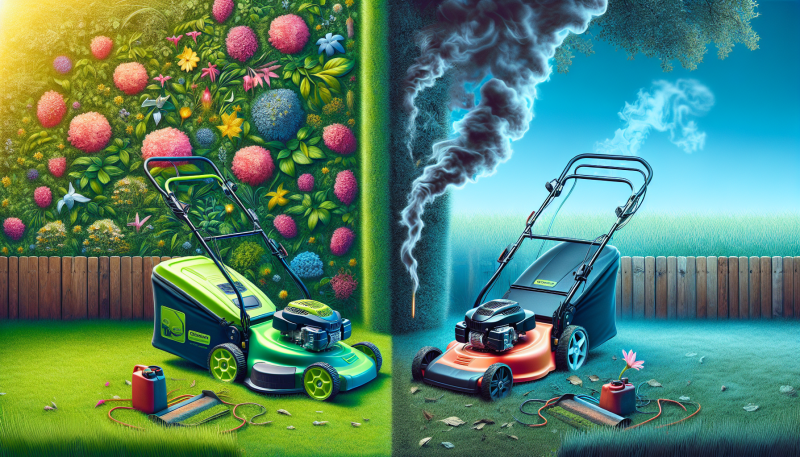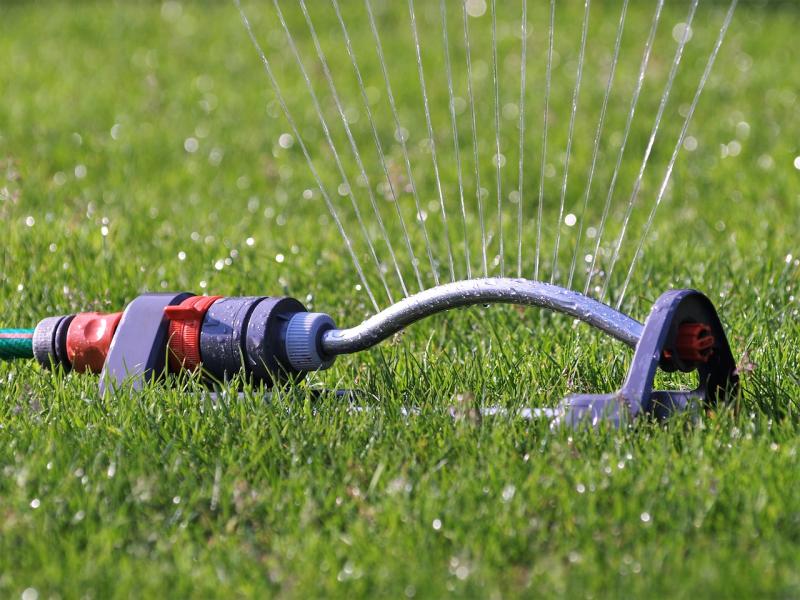Preparing your lawn doesn’t have to be a chore. With a few easy steps, you can have a lush, green lawn that’s the envy of the neighbourhood. Let’s dive into how to get your lawn ready for some serious TLC!
First things first, you want to clear any debris off your lawn. Grab a rake and collect leaves, twigs, and any other miscellaneous stuff lying around. This simple step helps your grass breathe better and makes it easier for nutrients to reach the soil.
Next, it’s time to check your soil. Grab a soil test kit from your local garden centre to see what your soil needs. Knowing the pH level and nutrient content can help you understand how to make grass greener. If your soil’s lacking in any key nutrients, consider adding organic matter like compost.
Once your soil is prepped, don’t forget to aerate it. This process involves creating small holes in the soil to allow air, water, and nutrients to penetrate deeper. You can rent an aerator or even use a garden fork for smaller areas. Aeration is a game changer for DIY lawn care!
Finally, seeding and fertilising are your last steps. Choose the right type of grass seed for your area, and sprinkle it evenly across your lawn. Follow up with a balanced fertiliser to give it a boost. With these easy steps, you’ll be well on your way to a vibrant, healthy lawn!
Best Fertilisers for Healthy Grass
When it comes to DIY lawn care, choosing the right fertiliser can make a huge difference in how to make grass greener. With so many options out there, it can be hard to know where to start. But don’t worry! Here are some of the best fertilisers to help your lawn look vibrant and healthy.
1. Organic Fertiliser: If you're a fan of natural gardening, organic fertilisers are a great choice. They enrich the soil with essential nutrients and help improve its structure. Look for products that contain ingredients like compost, alfalfa meal, or fish emulsion. They work wonders for promoting greener growth while being gentle on the environment.
2. Slow-Release Fertiliser: Another fantastic option for your DIY lawn care routine is slow-release fertiliser. This type provides a steady supply of nutrients over time, which means you don't have to worry about it leaching away with every rain. Choose a balanced mix to ensure that your grass gets the nutrients it needs without burning or stressing it out.
3. Synthetic Fertiliser: If you're looking for quick results on how to make grass greener, synthetic fertilisers can be very effective. They typically have higher nutrient concentrations and allow for faster green-up. Just be sure to follow the recommended application rates, as too much can harm your grass and the surrounding ecosystem.
Remember, the key to successful DIY lawn care is not just the type of fertiliser you use but also how and when you apply it. Pay attention to your grass’s needs, and you'll be well on your way to a lush, green lawn!
Watering Tips for Lush Growth
Watering is a key part of DIY lawn care that can make all the difference in how lush and vibrant your grass looks. Understanding how much and how often to water is essential if you want to learn how to make grass greener. Here are some tips to help you get started.
First, timing is everything. Water your lawn early in the morning, ideally between 6 AM and 10 AM. This helps minimise evaporation and allows your grass to soak up all that moisture before the heat of the day kicks in. If mornings aren't possible, late afternoon can work too, but avoid watering too late in the evening to prevent fungus.
Next, know your lawn's needs. Most lawns crave about 2.5 to 5 centimetres of water each week, including rainfall. Use a rain gauge or an empty tuna can to measure how much water your sprinklers deliver. Adjust your watering schedule based on how often it rains and the season. A well-watered lawn will have deep roots, which help make grass greener and more resilient.
- Avoid shallow watering. This encourages root systems to stay near the surface, making them more vulnerable to heat and drought.
- When you do water, give it a good soak rather than short, frequent sprinklings. Aim for one deep watering session per week.
- Keep an eye on the colour of your grass. If it starts to look dull or feels crunchy underfoot, it’s a sign it might need a drink.
By following these watering tips, you'll be well on your way to achieving that lush, green lawn you've always wanted. Remember, effective DIY lawn care is all about attention to detail, and when it comes to watering, a little effort goes a long way!
Common Lawn Care Mistakes to Avoid
When it comes to DIY lawn care, even the most enthusiastic homeowners can fall into a few common traps. Understanding what to avoid can make a real difference in how to make grass greener and healthier. Let's dive into some mistakes that can keep your lawn from reaching its full potential.
One big mistake is overwatering your lawn. It might seem like a good idea to give your grass a nice soak, but too much water can lead to shallow roots and even diseases. Instead, aim for about an inch of water each week, either from rainfall or irrigation. Remember, it's better to water deeply and less frequently!
Another common misstep is cutting the grass too short. Many people think a shorter lawn looks tidier, but this can actually stress the grass. Try to keep your mower blades set high; around three inches is usually a good height. This allows the grass to retain moisture and encourages deeper root growth, which is essential for a lush green lawn.
Lastly, many folks forget about soil health. It's easy to focus on what goes on top of the lawn, but the soil is where it all begins! Conduct a soil test to check pH levels and nutrient content. You might discover that you need to add some compost or fertiliser to give your grass the boost it needs. Healthy soil means healthier grass, so don’t overlook this critical step in your DIY lawn care journey!
